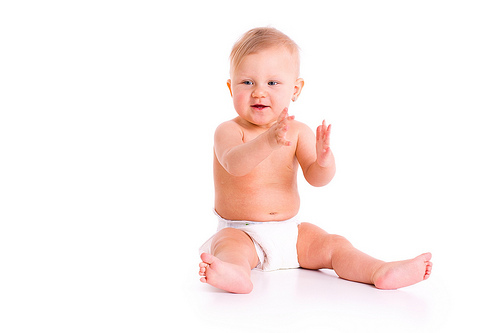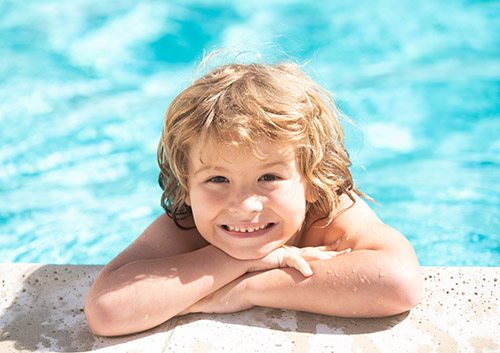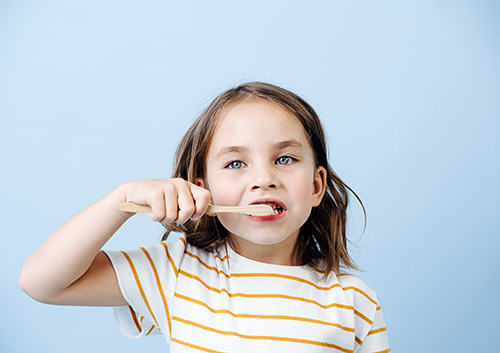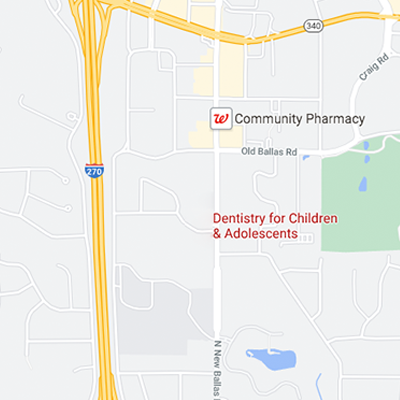The Importance of Oral Health Care for your Child
February 2nd, 2022

February is National Children’s Dental Health Month, so it’s a great time for our team at Dentistry for Children to talk about the importance of getting proper oral health care for your children. Oral health has been closely tied to the overall health of our entire body, so making sure that our children have the best oral health care can not only ensure that they have great smiles, but they are protected from the negative effects of poor oral health as well.
Special Care for Children’s Teeth
Oral health care should begin with the very first tooth that grows in your baby’s mouth. Even though these teeth will fall out within a few years, baby teeth hold a space for your child’s permanent ones, and it’s important that your child has a healthy mouth when those permanent teeth arrive. Without proper care, even baby teeth can decay and cause a host of problems, including:
- Painful teeth and gums
- Difficulty chewing, eating, and sleeping
- Gum disease and inflammation
- Embarrassment when talking and smiling
Develop Good Oral Health Habits Early
As a parent, you can teach your child the right way to care for teeth and make sure he or she visits Dr. Varble, Dr. Dill, Dr. Wong, and Dr. Parks regularly for cleanings and checkups. According to the U.S. Department of Health and Human Services, almost 50 percent of children under 12 have some form of tooth decay, and it is one of the most common childhood diseases. Alarmingly, a report by the National Institutes of Health, Oral Health in America, found that almost six out of ten children have cavities or other tooth decay (also called “caries”).
There are many things you can do to help your child maintain a healthy mouth with strong teeth and gums.
- Brush your children’s teeth twice a day when they are babies, then teach them to do it on their own when they get older.
- Be sure your child gets enough fluoride—you can find out whether it is already in your drinking water, and provide supplements if it is not. If you are unsure how to get more fluoride, give our office a call to discuss. In addition, make sure your child is brushing with fluoride toothpaste.
- Feed your child a healthy diet, high in fruits and vegetables and low in added sugars. We especially recommend you avoid sugary drinks.
- Bring your child to our Creve Coeur or St. Charles office for regular dental checkups and cleanings. Coming in every six months is recommended.
Helping children develop healthy habits to care for teeth while they are young is important. These habits can set the stage for good oral health care throughout their entire life. They can avoid many of the problems that result from poor oral health, including gum disease, cavities, and tooth decay. Start encouraging those habits now during National Children’s Dental Health Month, and help your children reap the benefits through the rest of their lives.






